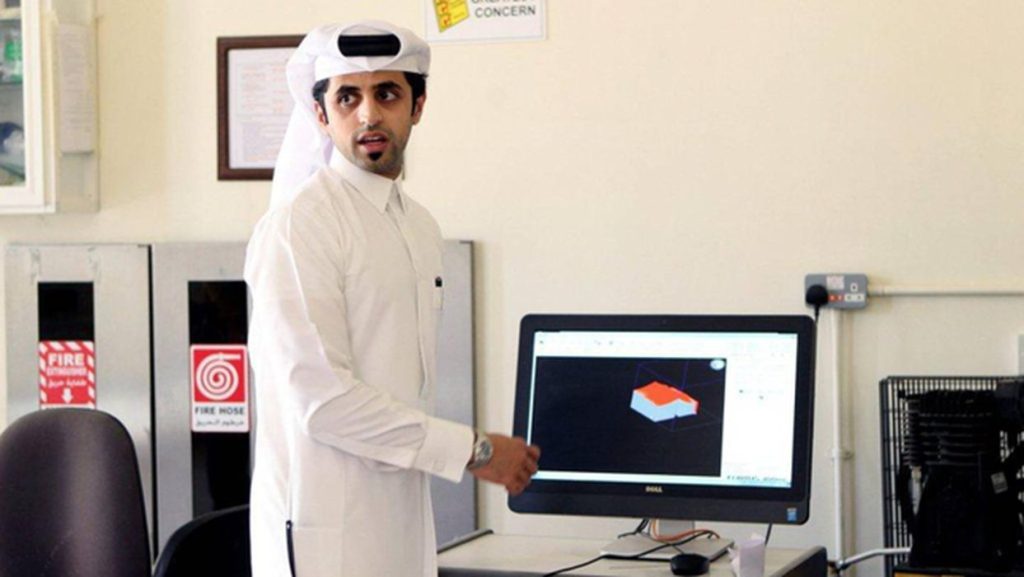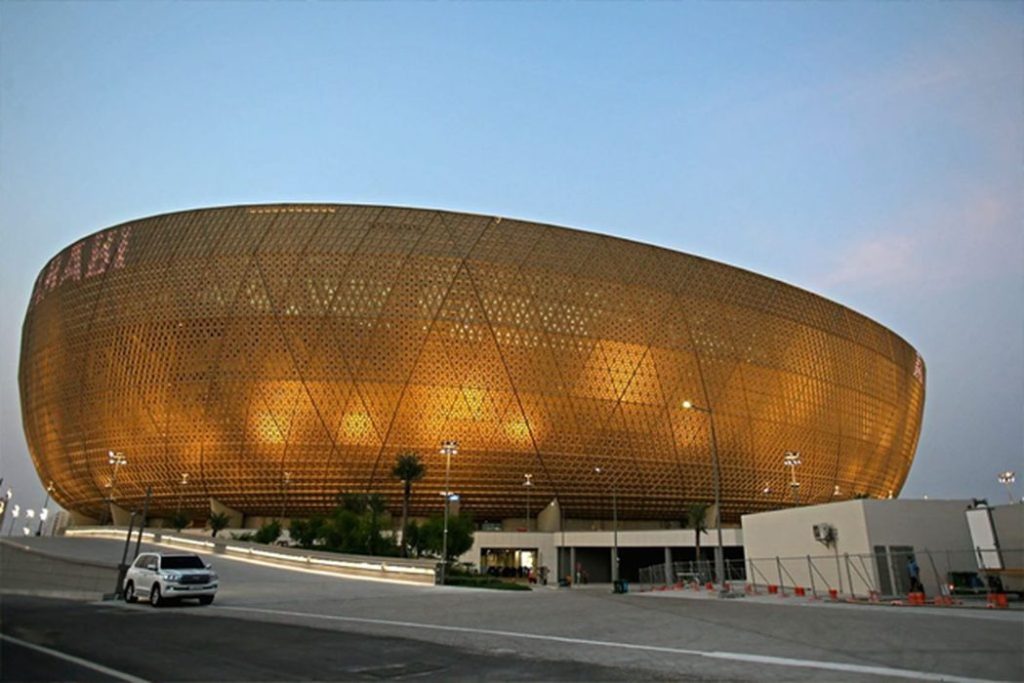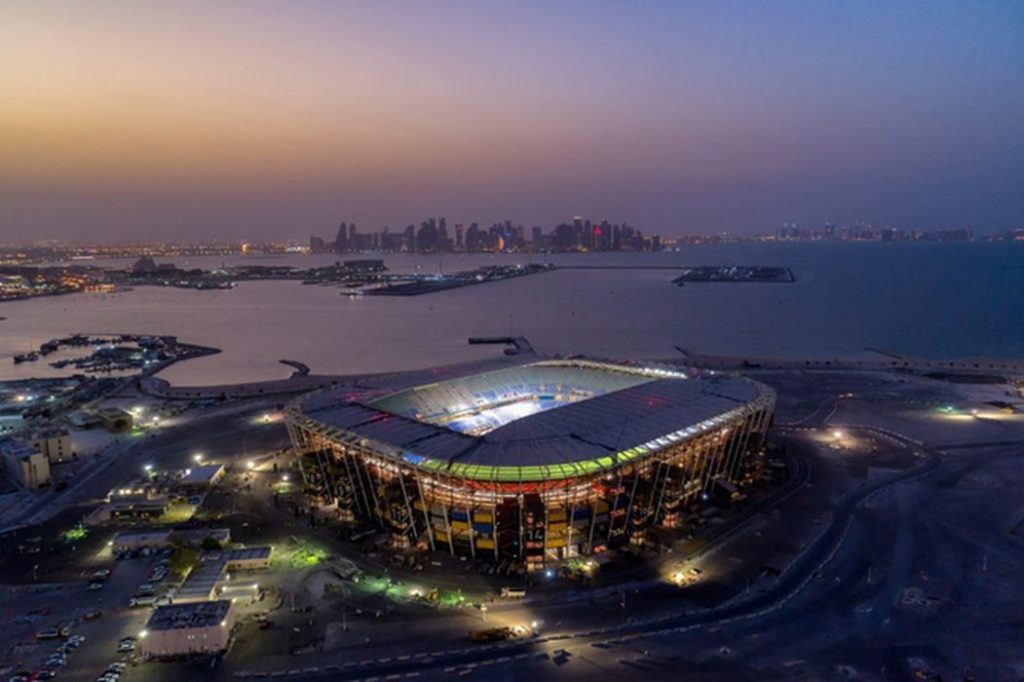
Charles R. Goulding and Preeti Sulibhavi reveal the way 3D print tech was used to help create this year’s World Cup stadiums.
If you watched any of the World Cup this year you were probably impressed by some of the beautiful stadium designs. It turns out that many of the stadium design concepts were 3D printed, starting in 2016.

Starting in 2016, researchers at the College of Engineering at Qatar University have been 3D printing scale stadium models to turn raw data into cooling technology and aerodynamics creating value-added engineering solutions to help reduce the cost and improve the environmental footprint of the 2022 FIFA World Cup in Qatar.

Researchers 3D printed parts of the stadium separately, then assembled them, putting the prototypes into wind tunnels for aerodynamic testing. Inside the wind tunnel, the scale model of the stadium is analyzed as laser beams capture the flow of air over design, with measurements processed by Qatar University researchers through detailed analytics software.

In addition, Stadium 974 is the world’s first and only fully dismountable, covered soccer stadium, made entirely out of 974 recycled shipping containers and modular steel. This is to demonstrate Qatar’s commitment to cost-effective sustainable solutions and creative designs.

Seeing all these designs, it is not hard to think that 3D printing has played a role in stadium design and development.
The Research & Development Tax Credit
The now permanent Research and Development (R&D) Tax Credit is available for companies developing new or improved products, processes and/or software.
3D printing can help boost a company’s R&D Tax Credits. Wages for technical employees creating, testing and revising 3D printed prototypes can be included as a percentage of eligible time spent for the R&D Tax Credit. Similarly, when used as a method of improving a process, time spent integrating 3D printing hardware and software counts as an eligible activity. Lastly, when used for modeling and preproduction, the costs of filaments consumed during the development process may also be recovered.
Whether it is used for creating and testing prototypes or for final production, 3D printing is a great indicator that R&D Credit eligible activities are taking place. Companies implementing this technology at any point should consider taking advantage of R&D Tax Credits.
Conclusion
For those who watched the 2022 FIFA World Cup (and saw Argentina and France’s nail-biting final match), we hope this article sheds some light on the other level of skill and quality associated with the tournament – 3D printing. Aside from the unparalleled skill the players exhibited, we hope the designs of the stadiums they competed in display some of the high caliber of designs that 3D printing can offer. Go Messi!

